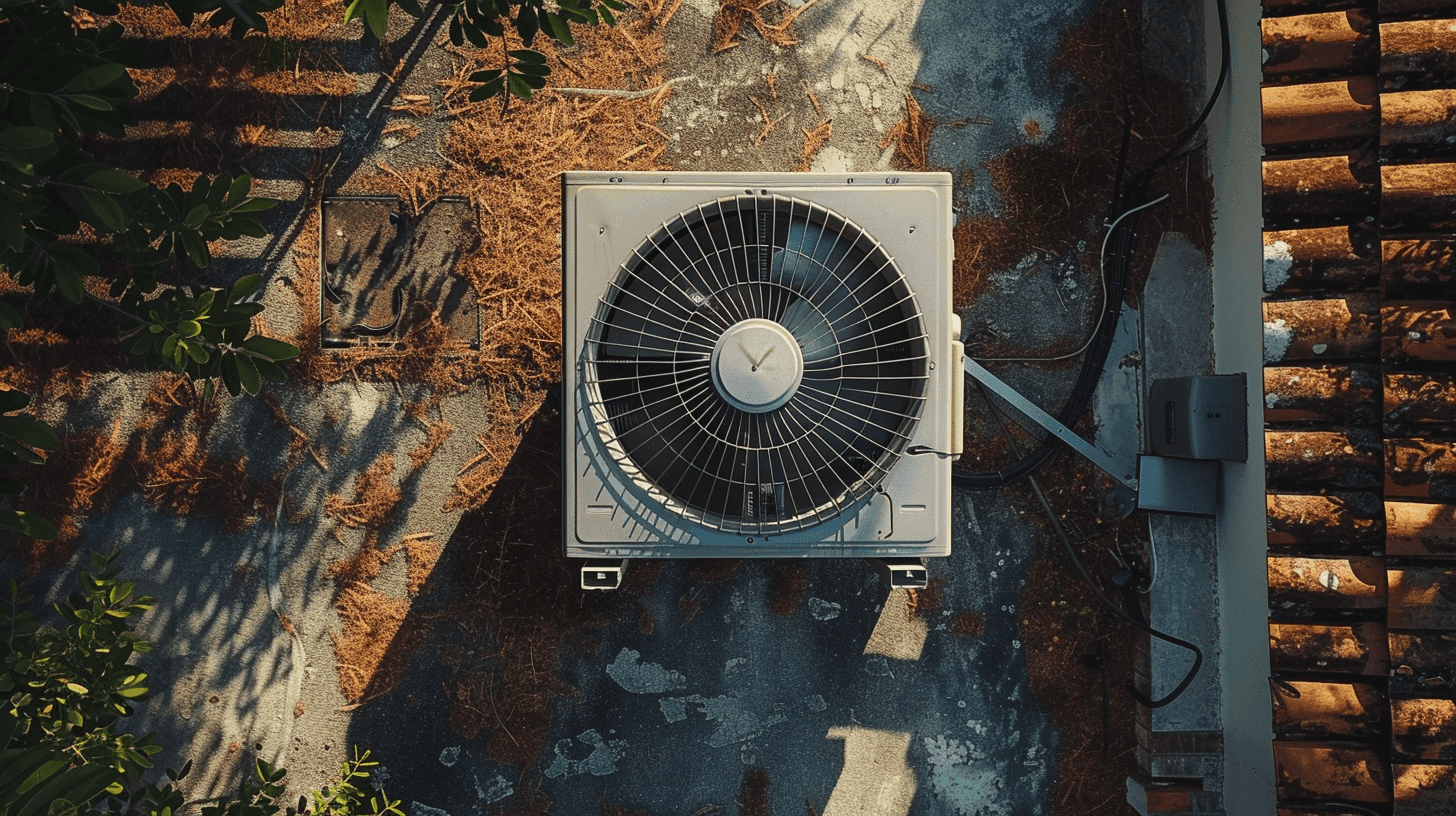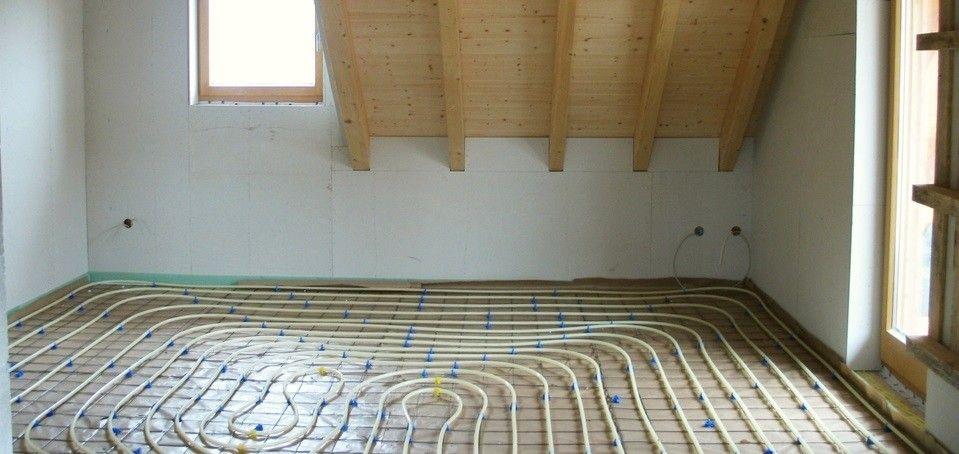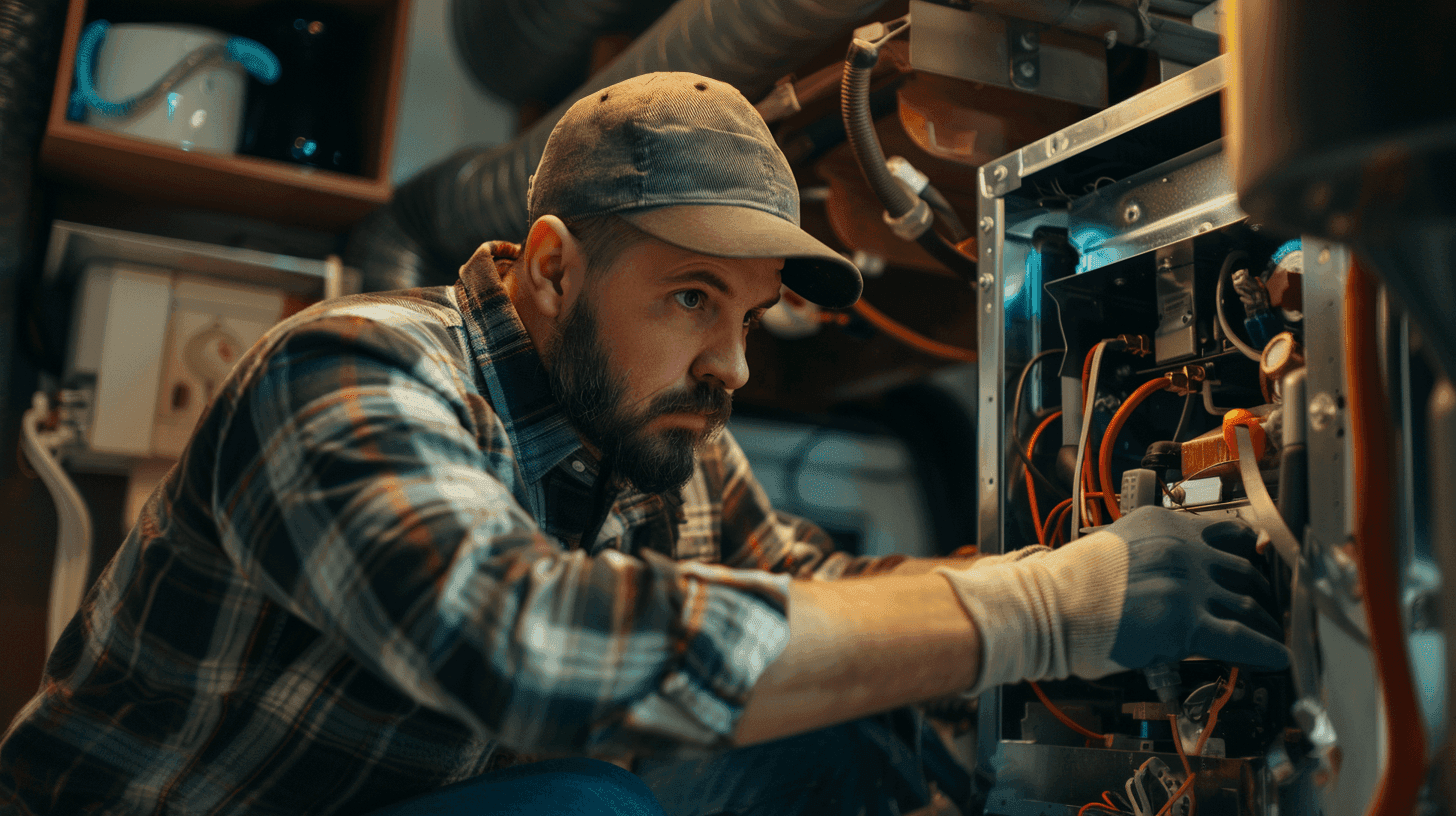
The Pros & Cons of Underfloor Heating
Sharing your quote takes less than a minute

Guest Post Written by Stuart Cooke of Haldane Fisher
As we all seek to cut down on our utility bills while keeping our homes warm, underfloor heating has moved near the front of the queue along with hot air systems in terms of alternatives to radiators and traditional fireplaces. But how do underfloor heating systems work and what are the potential pros and cons to installing one?
Underfloor Heating Basics
There are two main types of underfloor heating systems – wet and dry. A wet system pumps warm water through pipes beneath the floor to create heat while a dry system uses electric coils under the floor to achieve the warmth. These systems are often associated with hotels and other luxury establishments but are now available for many homes as well.
Electric underfloor systems use a network of wires to heat up the floor. Heat mats work in some rooms if there are large areas to cover while individual wires can cover every part of a room, even if it is oddly shaped. Wires sit on top of insulation and can work under different types of flooring but not under carpets. Electric systems are cheaper to install than water systems.
Water systems use a network of pipes connected to the house’s boiler to send hot water around the rooms. This kind of system works at a lower temperature than an electric system but they do cost more to install as there is more work involved. There also needs to be enough room to accommodate the pipes under the floor so the ground may need to be raised a little.
The Benefits
One thing that many people like about underfloor heating systems is that they are hidden out of site. Unlike radiators they don’t take up wall space or affect where furniture can be placed as they are hidden beneath the floor itself. Because they spread under the whole room there are no warm and cold spots close to and far away from the radiator.
Underfloor systems also work well at a lower temperature which reduces the amount of electricity needed to operate it. The systems work in a more efficient manner than radiators so are more cost effective.
The Problems
There are two main issues with underfloor heating systems. The first is that they can be expensive to install, depending on the property and how it is constructed. They are popular for new build properties as the design can be incorporated in the house but might not work for some types of older property. Some flooring types might not work well with certain types of underfloor heating.
The other problem is that they do need longer to heat a room than a radiator so a timer to help organize the system is important.
Conclusion
Whether electric or water based, underfloor heating systems are definitely a popular way forward in home heating. Many new build properties will incorporate one of these systems and homes undergoing renovation will often consider the same. Some older homes can also have one of the systems installed, bringing the long term savings to the homeowner and the reduction in carbon footprint that comes with it.
Sharing your quote takes less than a minute




